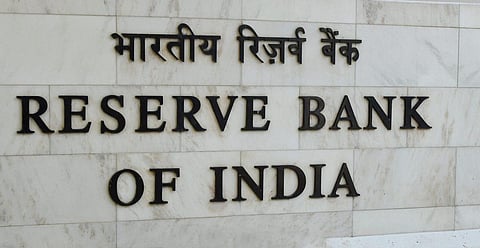

MUMBAI: The Reserve Bank of India (RBI) is aiming to increase the number of customers in the pilot project for retail Central Bank Digital Currency (CBDC) to half a million by July this year from 90,000 customers currently.
RBI executive director Ajay Kumar Choudhary said on Tuesday the central bank is not in a hurry to launch the digital currency at national level and wants the process to happen gradually. “In the close user group, at this point of time, there are nearly 90,000 customers and nearly 9,000 merchants and we are targeting to scale up to half a million by June-July of this year,” said Choudhary addressing a conference.
“We are going to test multiple tech architecture, multiple design features, multiple use cases, including offline programme, we are not in a hurry to implement it. Once we are comfortable and confident, about all aspects including cyber security and tech architecture then only we are going to roll out at the population level,” he said.
The RBI on November 1, and December 1, 2022, launched the CBDC for wholesale and retail respectively. While the use case of the wholesale CBDC is limited to the settlement of secondary market transactions in government securities, the retail e-rupee-is being piloted within a closed user group (CUG) comprising participating customers and merchants.
The central government had announced the launch of the digital rupee from fiscal year 2022-23 onwards in the Union Budget tabled in Parliament on February 1, 2022. As per the RBI, CBDC is aimed to complement rather than replace current forms of money and is envisaged to provide an additional payment avenue to users, not to replace the existing payment systems.
The RBI executive director said regulating and introducing innovation in fintechs is always a challenge. “Regulators need to keep an watchful eye on the risks by fintechs and big techs. The risk posed by fintech startups and big techs is different,” said Choudhary.
Speaking at the same conference, managing director & CEO at National Payments Corporation of India (NPCI), said unified payments interface (UPI) transactions are expected to surge in coming years.
“I don’t think UPI has achieved its potential yet. For a country like India, we should do 10x of what we are doing,” said Asbe. “Realistically, if all of us continue the same efforts I believe that by two to three years, we will reach 1 billion transactions. By 2025, we should be able to achieve it,” added Asbe.